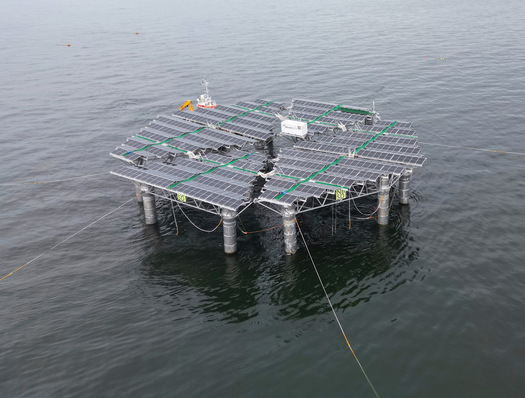The European Power Exchange EPEX SPOT and the Sustainable Digital Infrastructure Alliance SDIA have published a joint white paper, calling on authorities to enable a large-scale activation of currently neglected flexibility provided by data centres throughout Europe. They argue that the systematic integration of flexibility provided by data centres through local flexibility markets will contribute to the reduction of costs of the energy transition for the end-consumer, rendering markets sustainable.
With the shift of the electricity system towards a decentralized and decarbonized setup, challenges for the grid operators arise. To handle congestions at all grid levels, they resort to costly re-dispatch measures, often with the counter-intuitive effect of shutting down the renewable assets that should be fostered.
The neglected potential of data centres
Most recent estimations indicate the theoretical potential for demand-response for data centres at the range of 38 to 80 per cent of the installed power demand in 2030. This puts data centres as a source of over 10 gigawatts of demand-response in the European electricity system by the same year. In addition to this, the highly automated nature of data centres allows operators to closely monitor and control the power consumption of their assets in real-time. Energy consumption can be reduced by 10% in just 15 minutes without major impact on the IT workload schedule, and typical data centre workloads can easily be rescheduled. This makes data centres optimal sources of flexibility for the future energy system.
However, the authors state that without a local flexibility market this data centre flexibility will never be activated, simply because there is no way for an operator to value the flexibility potential.
Local flexibility markets unlock the potential of data centres
Currently, there is no incentive to invest in resources that can provide flexibility, nor is there an incentive for flexibility providers to sell their services to system operators. Local flexibility markets efficiently activate and centralize local flexibility offers. Flexibility providers such as data centres would be able to offer and price their services, and system operators would be able to reliably and economically relieve physical congestion on the grid close to real-time.
Philippe Vassilopoulos, Director of Product Development at EPEX SPOT, comments: “Jointly with SDIA we call for regulators and system operators to create an economic space or pilot scheme where local flexibility markets can be tested, regulated and optimized before being rolled out on a larger scale. Only market-based mechanisms can achieve a meaningful price signal for congestion to enable the efficient integration of demand-side flexibility into the system. A lack of regulatory framework completely wipes out the enormous potential of data centres to participate in the joint societal effort that is the energy transition.”
See also:
Ports can be the front runners of the energy transition
Chairman of the SDIA, Max Schulze adds: “Data centres are a rapidly growing and energy hungry industry. We have the unique opportunity to successfully integrate them into the energy system during their prime expansion phase by enabling them to participate in flexibility markets. It’s a big advantage to do this now. Other industries are still catching up while data centres have the opportunity in front of them.”
Extending the role of the market will make them more sustainable, facilitate decarbonisation, support the electricity grid, engage new technologies, accelerate sector integration, activate new flex players and overall reduce costs of the energy transition for end customers. (mfo)







